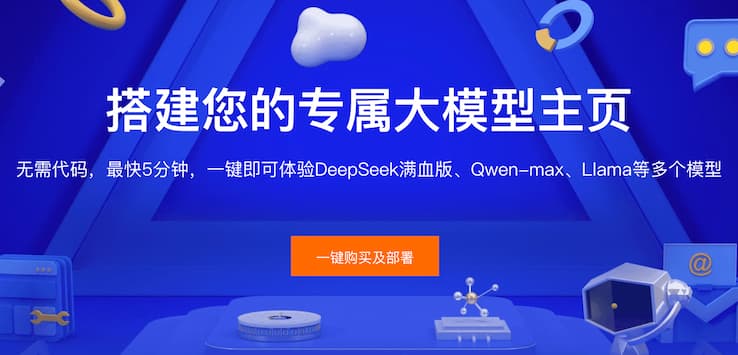
Swagger
Swagger offers automated API documentation generation, interface testing, and team collaboration features, supporting the OpenAPI specification to help development teams efficiently manage the API lifecycle. Experience standardized API management now.
Detailed Introduction
Swagger - Professional API Documentation and Testing Platform
What is Swagger?
Swagger is a website focused on API documentation generation, interface testing, and development collaboration. It provides a one-stop API management and automation tool for technical team members such as developers, testers, and product managers. Swagger helps users quickly generate standardized API documentation, conduct online interface debugging, and manage API versions, significantly reducing the repetitive work of teams in API development, integration, and documentation maintenance. Its target user groups include backend development engineers, frontend developers, testing engineers, technical documentation writers, and third-party partners who need to integrate APIs.
Why Choose Swagger?
Users choosing Swagger can gain many practical benefits. The API documentation generated by Swagger has a unified format, making it easy for team members to understand and use. It supports multiple programming languages and mainstream development frameworks, adapting to different technology stack needs. Swagger provides an intuitive visual editing interface and powerful interface testing tools, saving development and communication time. Compared with other similar services, Swagger's open standards and good community ecosystem make it easier to integrate into large projects and automated processes. Whether it's a startup team or a large enterprise, high-quality, easy-to-maintain API documentation can be quickly built with Swagger.
Core Features of Swagger
Automated API Documentation Generation
Swagger can generate standardized, detailed online API documentation with one click based on comments in the code or interface definition files (such as OpenAPI specifications). Users do not need to manually write tedious interface descriptions, reducing the risk of documentation omissions and inconsistencies.Online API Interface Testing
Users can debug APIs directly in the Swagger interface without the need for third-party tools. Information such as parameters and return values for each interface can be filled in on the page and requests sent, with real-time response results viewing, improving interface debugging efficiency.API Definition Standardization and Management
Swagger adopts OpenAPI (originally Swagger specification), unifying API description formats. It supports version management functions, helping teams track interface changes and reduce the problem of "documentation not matching the actual interface."Team Collaboration Support
Multiple people can share the same project API documentation, supporting the addition of comments, examples, and other extended content, reducing communication costs. Swagger can also be integrated into CI/CD processes, keeping API documentation and code continuously synchronized.Code Generation and SDK Tools
Users can automatically generate client SDKs and server code templates in multiple languages through Swagger, improving development efficiency and reducing repetitive interface implementation work.
How to Start Using Swagger?
- Open the official Swagger website (swagger.io), click the "Get Started" or "Try Swagger" button.
- Register or directly enter the online Swagger Editor, choose to create or import an existing API definition file (such as OpenAPI YAML/JSON).
- Edit or complete the interface definition, and the page will generate interactive API documentation in real time.
- Through the page's "Try it out" and other entries, fill in parameters and send requests to experience the interface testing function.
- For team collaboration and API hosting, you can register for services like SwaggerHub, making it easy for multiple people to manage and share API documentation.
Swagger Usage Tips
Make Full Use of Interface Examples and Comments
Adding detailed examples and explanations in the API definition file can make the interface documentation more understandable and improve integration efficiency.Use Version Management to Keep Documentation Synchronized
When APIs change, promptly update the interface documentation and use version numbers to manage, helping team members accurately understand the current API status and avoid integration confusion.Integrate Automated Generation Processes
If possible, integrate Swagger into the project's CI process to automatically update API documentation with each code change, reducing manual maintenance pressure.
Frequently Asked Questions (FAQ) About Swagger
Q: Can Swagger be used now?
A: Swagger can be used online at any time. Users can directly visit swagger.io, or use tools like Swagger Editor, SwaggerHub for API documentation writing and interface testing.
Q: What exactly can Swagger help me do?
A: Swagger can help development teams automatically generate standard API documentation, support online API interface testing, unify API definition standards, manage API versions, and generate SDK and server code templates. It is suitable for developers, API documentation authors, and third-party integration teams, achieving full-process management from API design to release and testing.
Q: Is there a fee to use Swagger?
A: Swagger's basic documentation generation tools (such as Swagger Editor) are free. Enhanced team collaboration and hosting services like SwaggerHub adopt a free basic version and paid premium version model. Team collaboration, API private hosting, and advanced features usually require a paid account.
Q: When was Swagger launched?
A: Swagger was initially launched around 2011. After several upgrades, the current mainstream documentation and interface management standard is OpenAPI 3.x.
Q: Compared to Postman, which is more suitable for me?
A: Swagger and Postman each have their own focus. Swagger focuses more on API documentation automatic generation, definition, and team collaboration, suitable for teams needing standardized documentation and automated processes. Postman focuses more on interface debugging and automated testing, with a friendly interactive experience, suitable for individuals or small groups needing a lot of test scripts and environment configurations. Both support online testing and API management, and users can choose according to actual needs.
Q: Which programming languages and frameworks does Swagger support?
A: Swagger supports mainstream backend languages and API frameworks, such as Java (Spring), Python (Flask/Django), Node.js (Express), .NET, etc. It is also compatible with frontend integration needs, making it easy to generate SDKs and code templates in multiple languages.
Q: Can Swagger documentation be exported?
A: The API documentation generated by the Swagger editor can be exported as JSON or YAML format files. Users can download the API definition files to local, or integrate them into their own code libraries and documentation management systems for use.
Related Sites
Comments
Leave a Comment
Share your thoughts about this page. All fields marked with * are required.


